In my last blog post, I used the term “drip” to describe how to execute an email welcome series to new subscribers. In marketing, this term refers to a communication (often email) strategy that sends a set of messages to an audience over time. This form of marketing differs from others in two key ways:
- Message timing follows a predetermined course.
- Messages are sent in a series specific to the recipients’ behaviors, preferences, or statuses.
The best uses for drip email campaigns in government include:
- welcome message series;
- curriculum or training series;
- event reminders and follow-ups;
- content download follow-ups; and
- awareness campaigns.
Employing this method affects email frequency and timing (and hopefully your entire approach to email content development, which we’ll discuss in Part 2). Because the focus is on syncing pre-planned messages with predictable audience actions or interests, the frequency/timing will vary from subscriber to subscriber. This concept can be frustrating for those of us at organizations where the powers-that-be value adherence to a set schedule over the flexibility of being responsive to the diverse needs of your various audience members.
Researchers have studied frequency/timing extensively and developed the following findings and best practice recommendations. These may appease those superiors who thrive on a regimen.
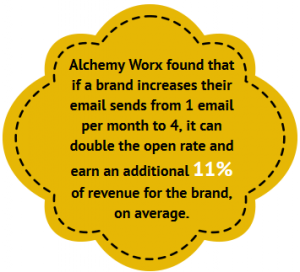
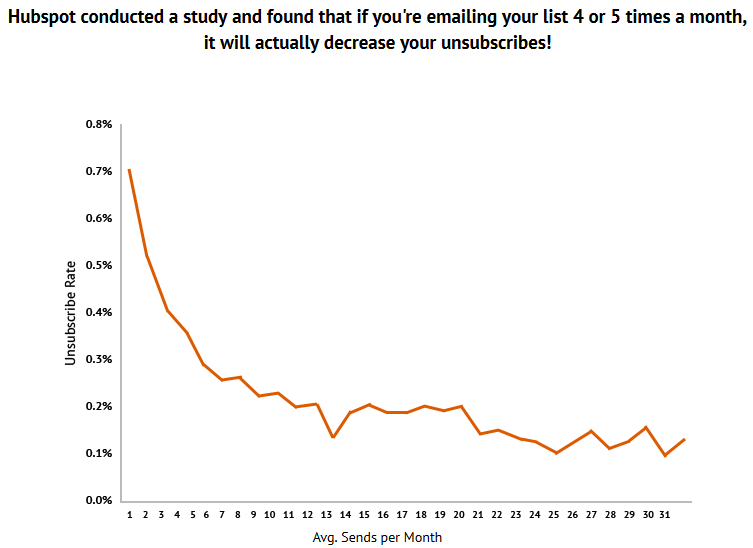
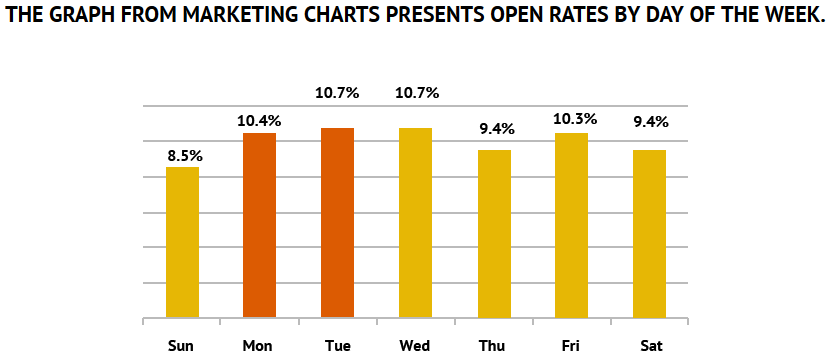
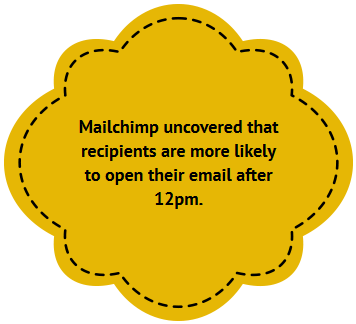
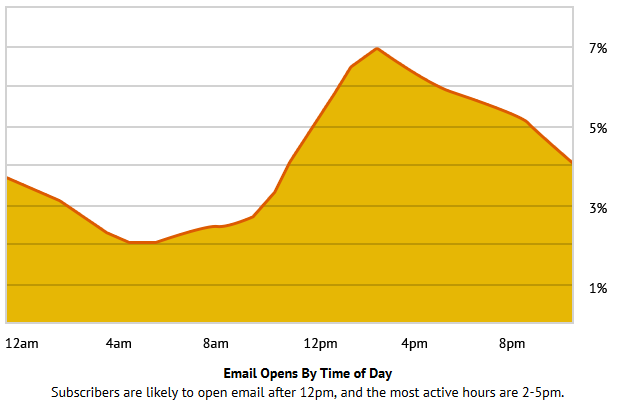
Images from Email Monks (2014), 15 Email Marketing Myths: Debunking it with the Divinity Infographic.
These best practices come with a substantial caveat, though. You need to ascertain your own frequency/timing because what works best for you depends… It depends on your goals. It depends on your audience’s motivations for subscribing. It depends on your subject matter. As with all other aspects of your email strategy, with frequency and timing, you should leave nothing to chance.
Fortunately, some email service providers offer technology to automate the process of determining your particular audience’s prime time. Send-time optimization uses data from your previous deliveries to pick the best day of the week or time of day for your audience and automatically sends at that time. Depending on your service’s options, this could be an aggregate process that uses the average historical engagement times of your audience to pick a single optimal time, or this could be an individualized process that sends your message to each contact based on the distinct day and time he/she has historically engaged most.
Now is the time to change your email frequency and timing strategy from a flood to a drip approach. I am interested to know what kinds of messages you plan to send using this method; please share in the comments.
Amber V Hammond is part of the GovLoop Featured Blogger program, where we feature blog posts by government voices from all across the country (and world!). To see more Featured Blogger posts, click here.





Hey Amber, this post definitely sparked my interest. First time I’ve really heard of this method. This may be good for our installation weather alerts and closure notices.
Thank you for your interest, Dijon! I think this method would be great for those types of notifications. Check out the follow-up to this post for more use case scenarios: https://www.govloop.com/community/blog/power-drip-part-2-email-personalization-relevancy/